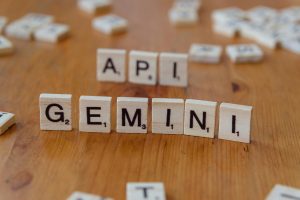AI doesn’t hallucinate — it confabulates. Agree?
AI Hallucination or Confabulation: A Closer Look at Terminology
In the realm of artificial intelligence, the term “hallucination” has gained significant traction, often used to describe instances when AI generates content that appears convincing but is fundamentally inaccurate. However, a thought-provoking question arises: Is “hallucination” truly the most suitable term, or does “confabulation” hold more accuracy?
Understanding the Terminology
Let’s delve into the nuances of these terms. A hallucination typically refers to sensory perceptions that occur without any external stimuli. It implies an experience that our senses interpret incorrectly — think of someone hearing voices or seeing things that aren’t there. However, AI, devoid of sensory experiences, does not see, hear, or feel. This raises the question: can AI genuinely “hallucinate” in the same sense that humans do?
On the other hand, confabulation is a term rooted in psychological discourse. It describes a process where individuals fill in gaps in their memory with plausible but often incorrect details, typically without any intention to mislead. This might resonate more closely with the behavior of AI systems. When an AI generates erroneous information, it isn’t maliciously trying to deceive; rather, it is simply attempting to piece together a coherent response based on the data it has been trained on.
The Role of Language and Perception
When we choose terms like “hallucination,” are we leaning toward a dramatic portrayal that captivates audiences, rather than prioritizing technical accuracy? The language we use significantly influences public perception and understanding of AI technologies. By framing AI errors in a theatrical light, we may inadvertently obscure a deeper grasp of its functioning and limitations.
A Call for Discussion
I invite you to share your insights on this matter. Do you believe “confabulation” might be a more fitting descriptor for AI inaccuracies? Are there alternative terms that enhance clarity without sacrificing understanding? Engaging in this discussion could lead us toward a more nuanced understanding of AI behavior and improve how we communicate about these technologies.
Let’s start a conversation that bridges technical accuracy with thoughtful expression in the rapidly evolving world of artificial intelligence!














Post Comment